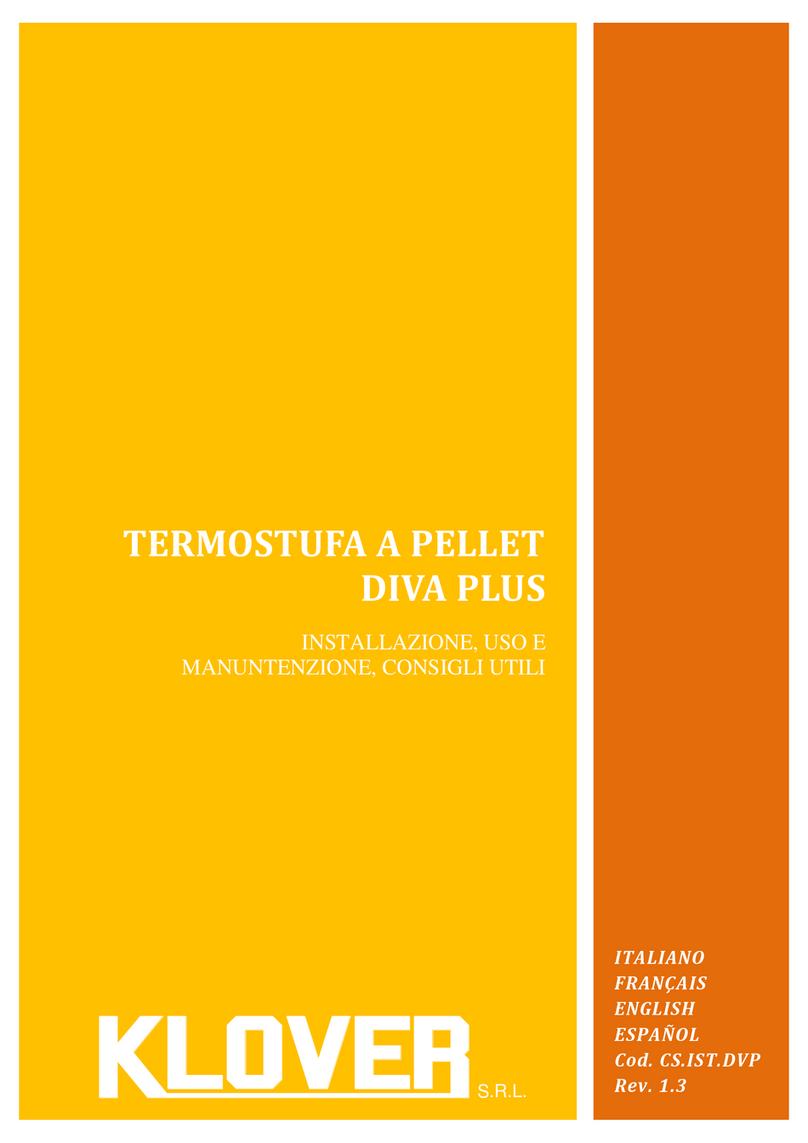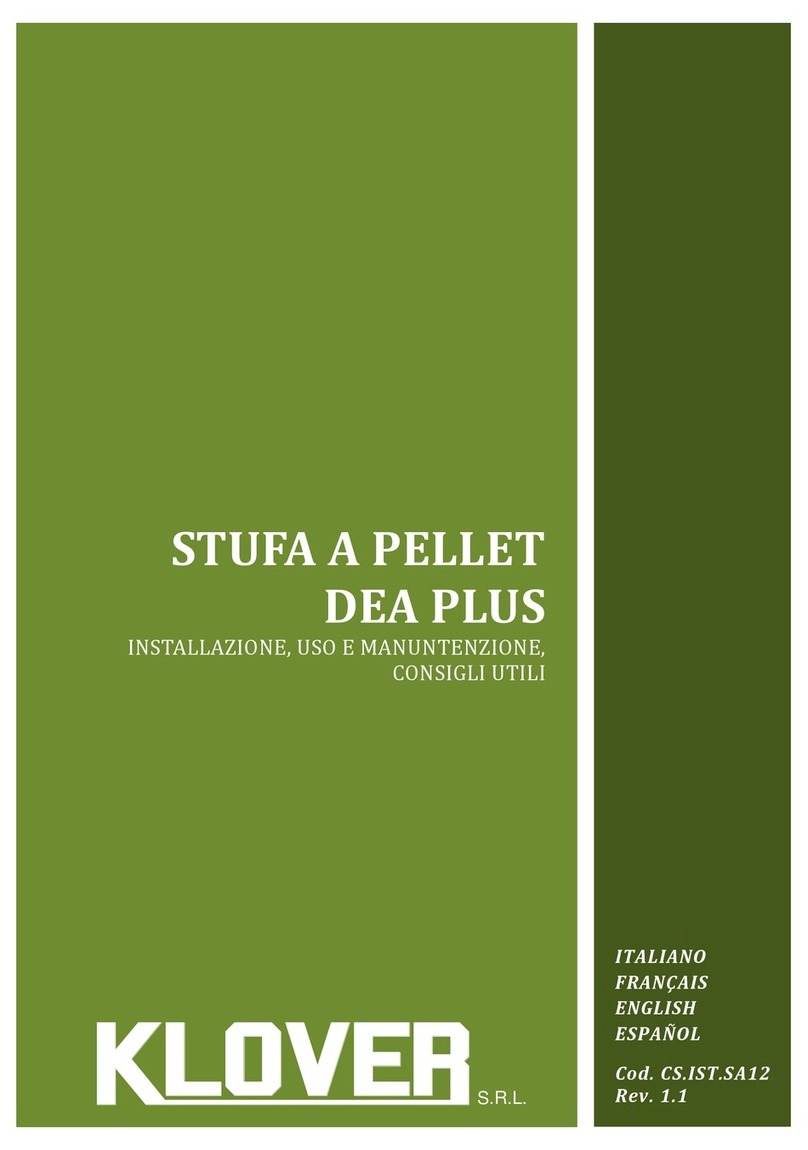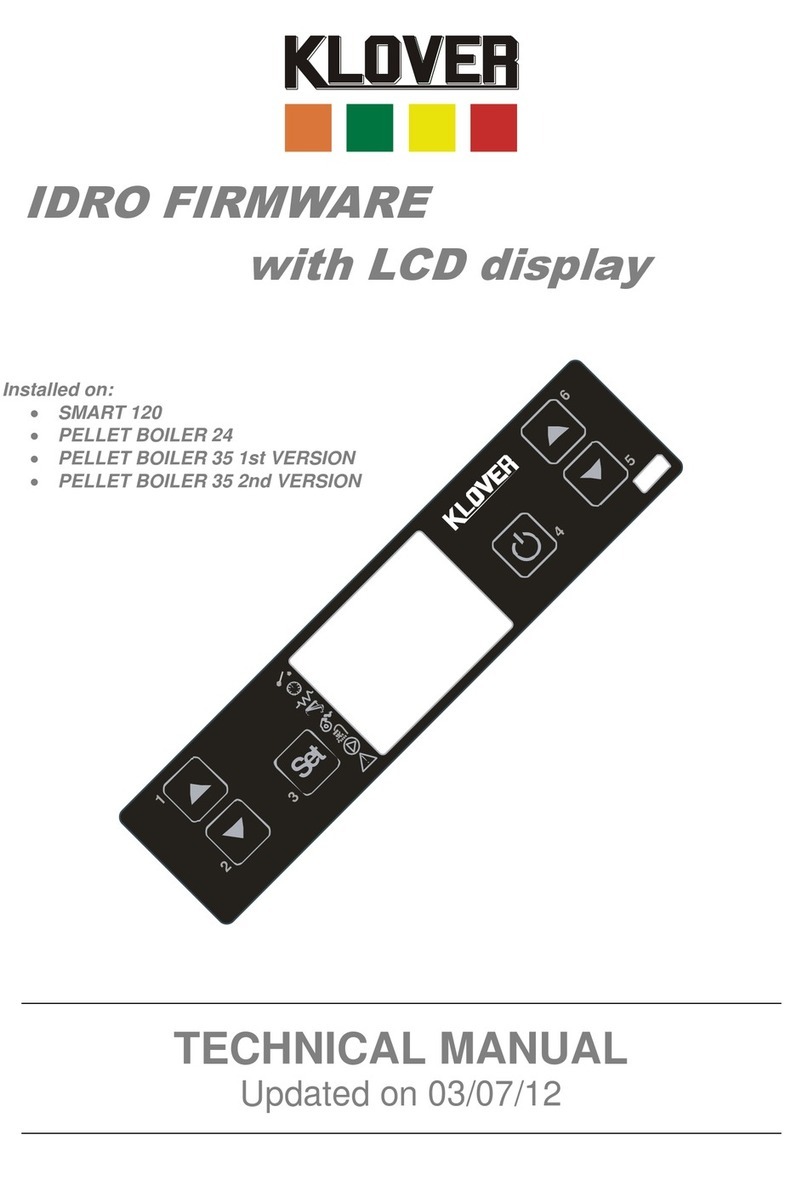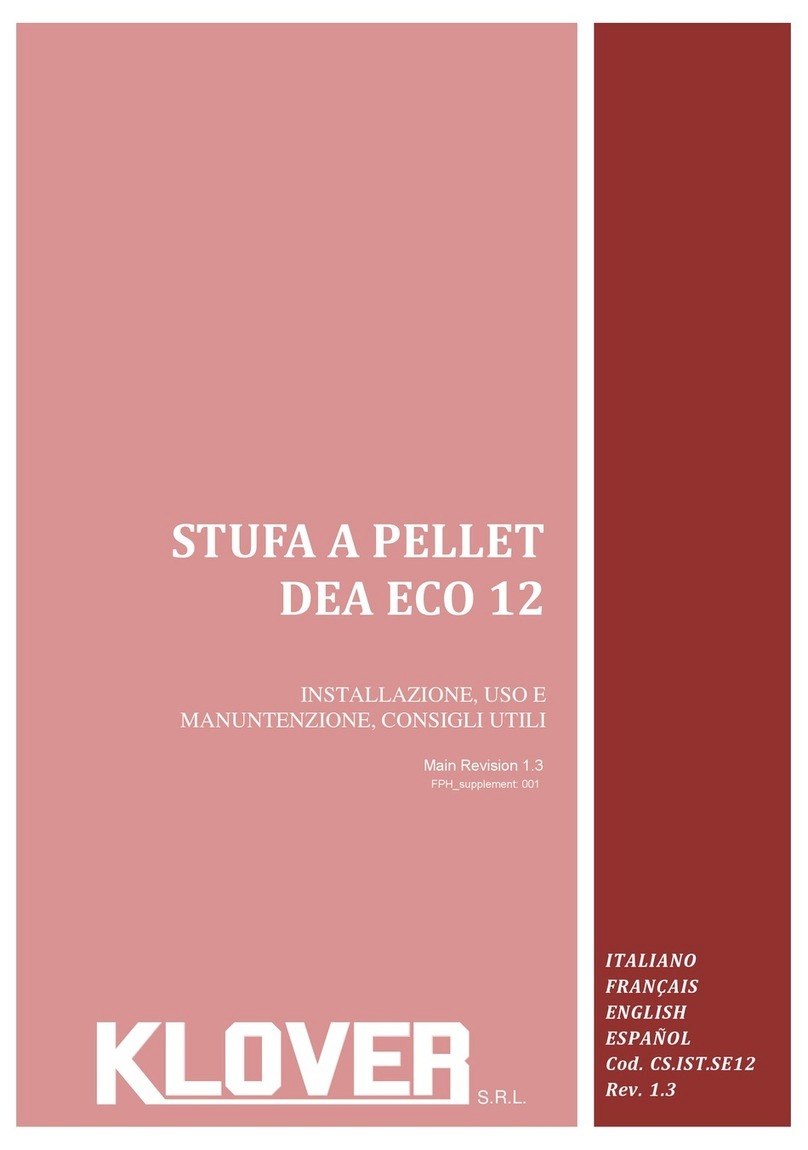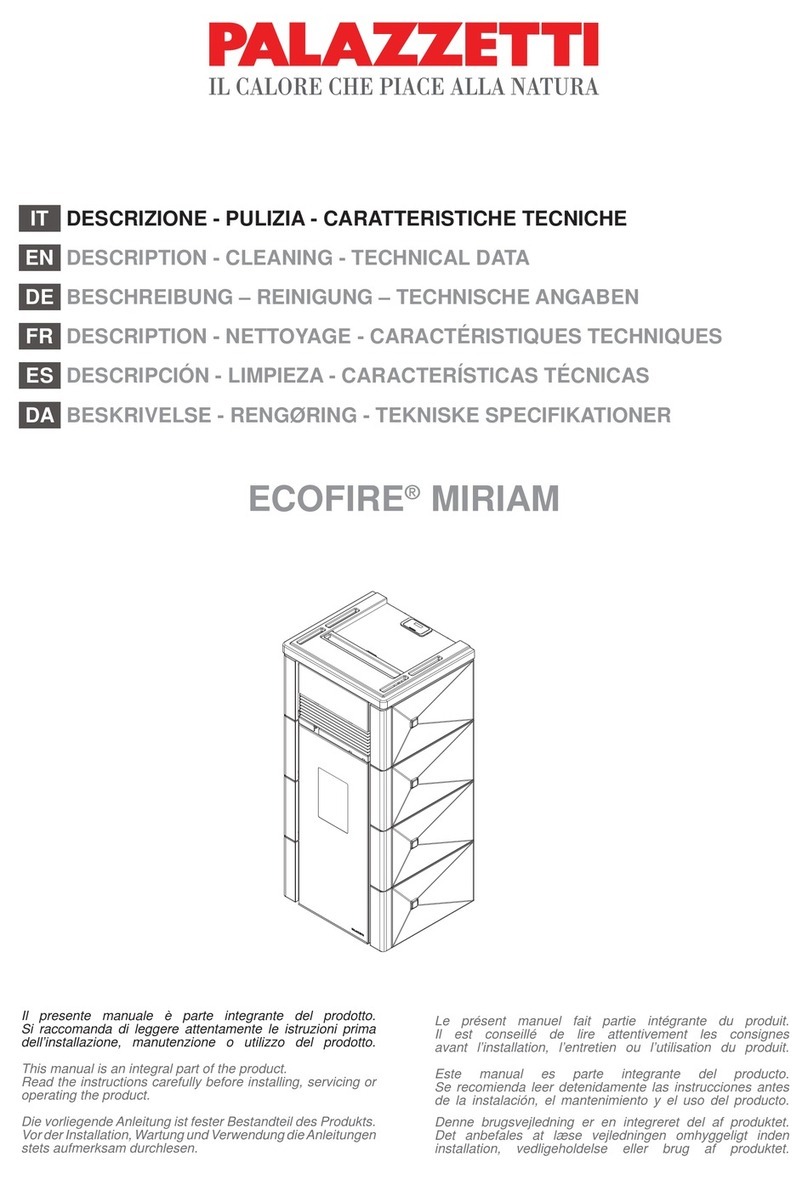
1
CONTENTS
CONTENTS ........................................................................................................................................................................ 1
INTRODUCTION................................................................................................................................................................. 3
IMPORTANT SAFETY INSTRUCTIONS................................................................................................................................... 3
THE MACHINE AND THE PELLETS ................................................................................................................................. 4
COMPONENTS OF THE APPLIANCE ..................................................................................................................................... 4
OVERALL DIMENSIONS SOFT 80....................................................................................................................................... 6
OVERALL DIMENSIONS SOFT 100..................................................................................................................................... 7
TECHNICAL SHEET FOR SOFT 80 CONNECTIONS ............................................................................................................... 8
TECHNICAL SHEET FOR SOFT 100 CONNECTIONS ............................................................................................................. 9
TECHNICAL SPECIFICATIONS SOFT 80............................................................................................................................ 10
TECHNICAL SPECIFICATIONS SOFT 100.......................................................................................................................... 11
PELLET PROPERTIES ...................................................................................................................................................... 11
REQUIREMENTS OF THE PLACE OF INSTALLATION................................................................................................. 12
POSITIONING.................................................................................................................................................................. 12
SPACES AROUND AND ABOVE THE APPLIANCE.................................................................................................................. 13
EXTERNAL AIR INTAKE .................................................................................................................................................... 13
THE FLUE AND CONNECTION TO THE SAME....................................................................................................................... 14
STACK ........................................................................................................................................................................... 15
ELECTRICAL CONNECTION .......................................................................................................................................... 16
CONNECTION TO THE ROOM THERMOSTAT....................................................................................................................... 16
DESCRIPTION OF COMPONENTS................................................................................................................................. 17
REMOTE CONTROL ......................................................................................................................................................... 17
SUPPORT PANEL ............................................................................................................................................................ 18
DISPLAY ........................................................................................................................................................................ 19
THE MENU ....................................................................................................................................................................... 20
INITIAL SETTINGS........................................................................................................................................................... 26
CONNECTING THE REMOTE CONTROL .............................................................................................................................. 26
CONNECTION TO THE WI-FI NETWORK............................................................................................................................. 26
COMMISSIONING ............................................................................................................................................................ 29
INITIAL START-UP............................................................................................................................................................ 29
IGNITION CYCLE.............................................................................................................................................................. 30
WORK MODE .................................................................................................................................................................. 30
SWITCH-OFF CYCLE........................................................................................................................................................ 30
MODIFYING THE MAIN ROOM TEMPERATURE SET-POINT.................................................................................................... 30
MODIFYING THE POWER SET-POINT ................................................................................................................................. 31
MODIFYING THE FUN AIR SPEED SET-POINT...................................................................................................................... 31
PROBLEMS, ALARMS, USEFUL ADVICE...................................................................................................................... 32
USEFUL INFO….............................................................................................................................................................. 32
WHAT HAPPENS IF…...................................................................................................................................................... 32
ALARM SIGNALS ............................................................................................................................................................. 33
CLEANING AND MAINTENANCE ................................................................................................................................... 34
PRECAUTIONS BEFORE CLEANING ................................................................................................................................... 34
ROUTINE CLEANING........................................................................................................................................................ 34
NON-ROUTINE CLEANING ................................................................................................................................................ 37
ANNUAL CLEANING ......................................................................................................................................................... 38

